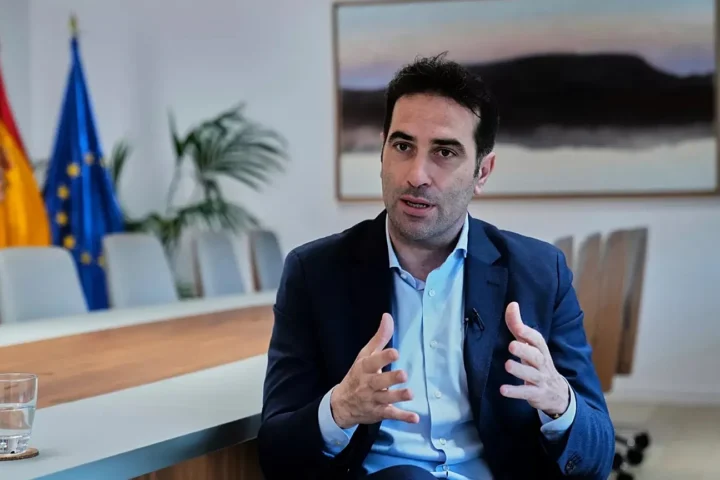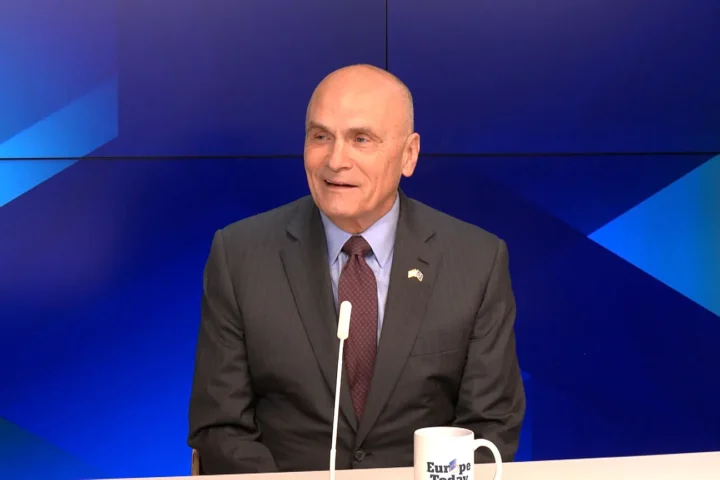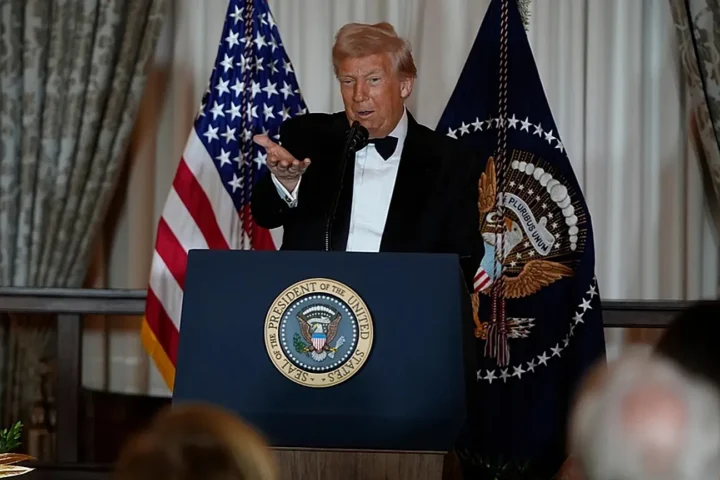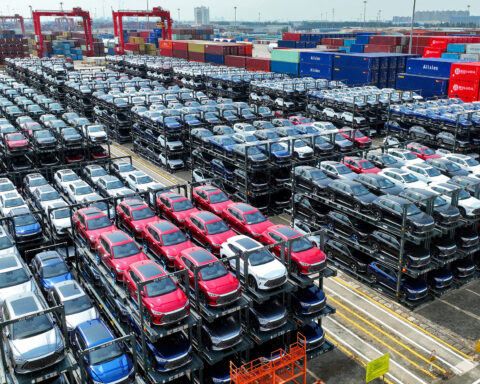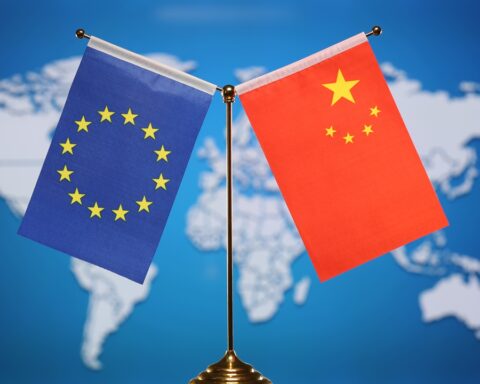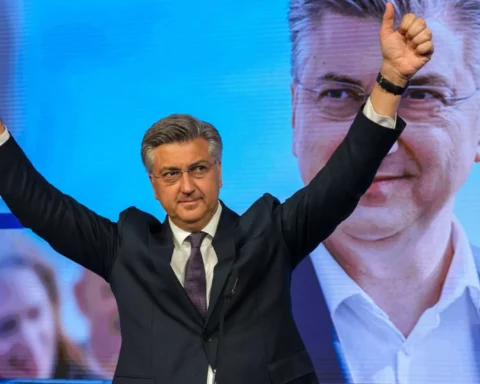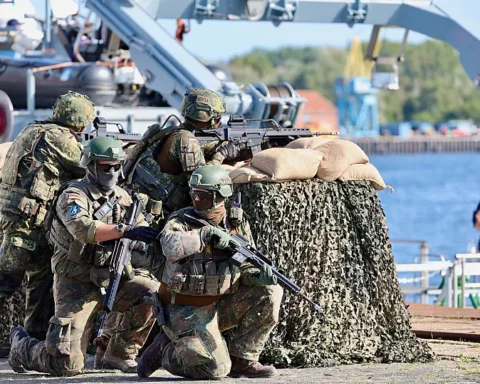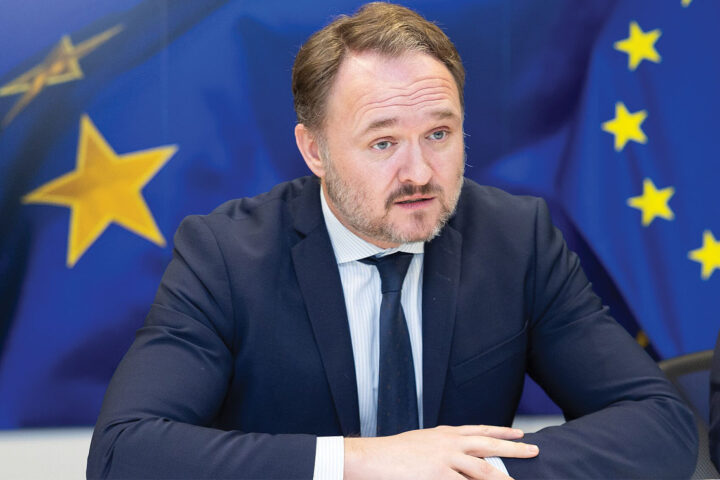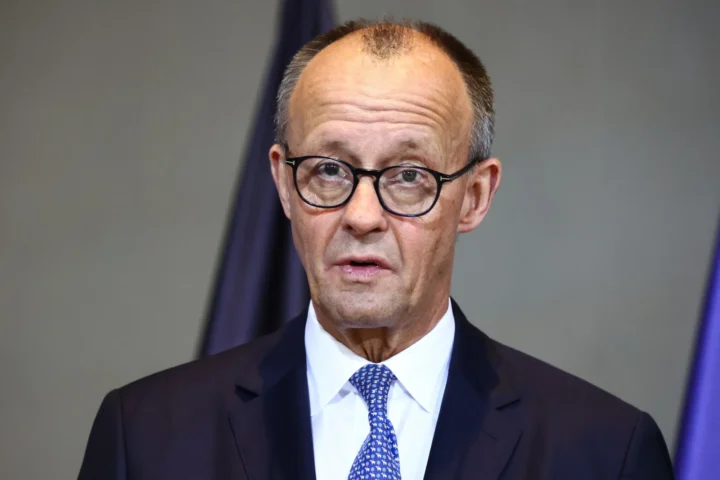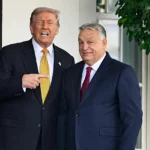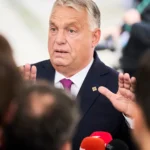Hungary finds itself at the heart of a geopolitical balancing act as it navigates complex energy relationships between Eastern and Western powers. While it remains a member of the European Union and NATO, Hungary has increasingly deepened its energy cooperation with Russia and China—raising eyebrows in Brussels and Washington alike.
Prime Minister Viktor Orbán has long championed an “Eastern Opening” policy, aimed at strengthening economic ties with powers like Russia and China, even as EU countries work to reduce reliance on Russian energy following the war in Ukraine. Hungary, however, continues to import Russian oil and gas under favorable terms, citing energy security and economic necessity.
In 2023, Hungary extended its gas supply agreement with Russia’s Gazprom, while also advancing the Russian-backed expansion of its Paks II nuclear plant. Simultaneously, it has courted Chinese investments in solar, battery, and electric vehicle technologies, welcoming billions in Belt and Road-linked infrastructure projects.
Critics argue that Hungary’s position risks undermining EU unity on sanctions and energy diversification. But Budapest insists its approach is pragmatic, not ideological—driven by national interest in securing affordable, uninterrupted energy amid global market volatility.
Meanwhile, Hungary remains involved in EU energy transition programs and has begun exploring more LNG imports from Croatia and Azerbaijan, suggesting it is not closing the door to Western alignment either.
With global energy realignments accelerating due to war, climate goals, and technology shifts, Hungary’s dual-track diplomacy offers both opportunity and peril. Whether this balancing act can continue without alienating key partners—or being forced to choose sides—remains an open question.


